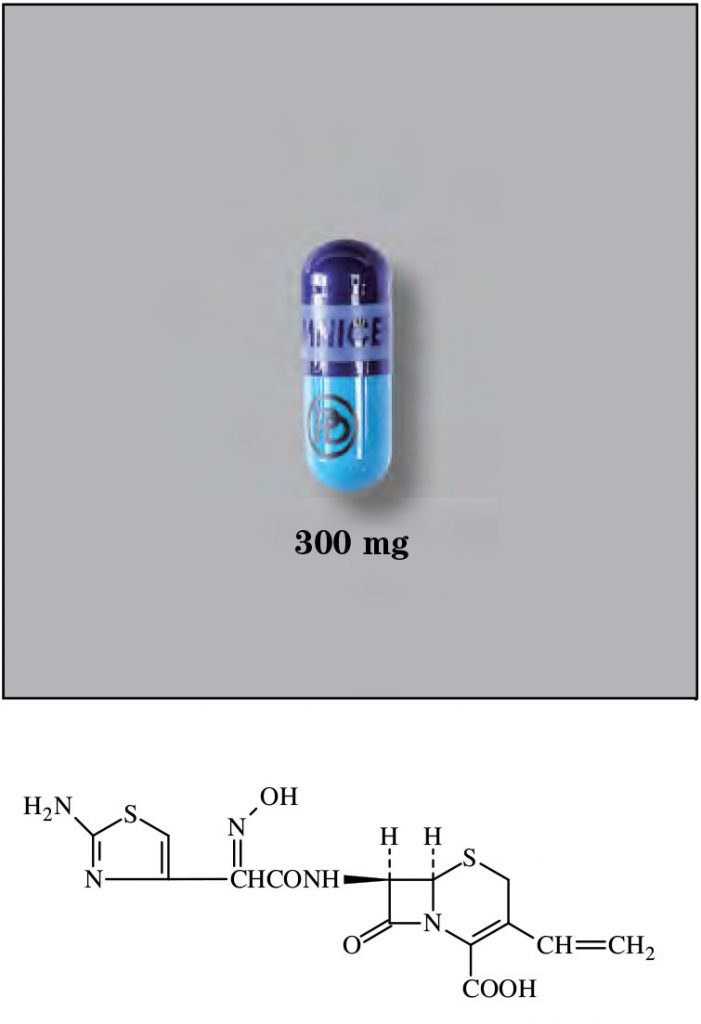
ə/moks’i/sil’ in
Brand Name: Amoxil®, Moxatag®, Trimox®
• Generic AvailableCommon Dosage Forms:
- Tablets, chewable: 125 mg and 250 mg
- Tablets: 500 mg and 875 mg
- Tablets, extended-release: 775 mg (Moxatag®)
- Capsules: 250 mg and 500 mg
- Powder for Oral Suspension: 125 mg/5 mL, 200 mg/5 mL, 250 mg/5 mL, and 400 mg/5 mL after reconstitution.
FDA Indications/Dosages:
- Infections due to susceptible strains of the following gram-negative organisms: H. influenzae, E. coli, P. mirabilis and N. gonorrhoeae. Also indicated in certain infections caused by susceptible strains of the following gram-positive organisms: streptococci (including S. faecalis), nonpenicillinase-producing staphylococci, and D. pneumoniae: Adults: 250 mg to 500 mg every eight hours or 500 mg to 875 mg every 12 hours.
- Children: 20 to 45 mg/kg/day in equally divided doses. 125 mg and 250 mg formulations are given every 8 hours while 200 mg and 400 mg formulations are given every 12 hours.
- Gonorrhea and acute uncomplicated urethral and anogenital infections due to N.gonorrhoeae:
- Adults: 3 grams as a single dose. Prepubertal children over 2 years of age: 50 mg/kg amoxicillin combined with 25 mg/kg probenecid as a single dose.
Pharmacology/Pharmacokinetics:
Amoxicillin inhibits bacterial cell wall synthesis via acylation of the transpeptidase enzyme. This acylation occurs in the third and final stage of bacterial cell wall synthesis and is believed to be due to the structural similarity of the penicillin nucleus to D-alanyl-D-alanine. Amoxicillin is a broad-spectrum penicillin and is susceptible to destruction by beta-lactamase- producing bacteria. Distribution occurs to most body tissues excluding CSF except when meninges are inflamed. Half-life is one hour. Peak blood levels are reached in 1-2 hours. Excretion occurs as unchanged drug in the urine. Only 20% is bound to plasma proteins.
Drug Interactions:
Changes in GI flora may disrupt the absorption of oral contraceptives. Theoretically should not be used with bacteriostatic antibiotics because bactericidal antibiotics depend on the rapid growth of bacteria to exert their pharmacological effect. Renal excretion will be decreased with probenecid.
Contraindications/Precautions:
Contraindicated in patients hypersensitive to penicillins and/or cephalosporins. The estimated incidence of cross-sensitivity is 5% to 16%. Use with caution in patients with renal function impairment. Cases of pseudomembranous colitis have occurred during treatment with cephalosporins. Persistent or severe diarrhea should be reported to a physician. Pregnancy Category B.
Adverse Effects:
Nausea, vomiting, DIARRHEA, hives, itching, and RASH.
Patient Consultation:
- Preferably taken on an empty stomach–one hour before or two hours after meals–with a full glass (240mL) of water.
- Chewable tablets must be chewed before swallowing or they can be crushed and mixed with food.
- Take at even intervals, preferably around the clock.
- Complete full course of therapy unless otherwise directed.
- Keep suspension refrigerated, discard after 14 days.
- Shake suspension well before using.
- If a dose is missed, take it as soon as possible.
- Contact a physician if the above side effects are severe or persistent.